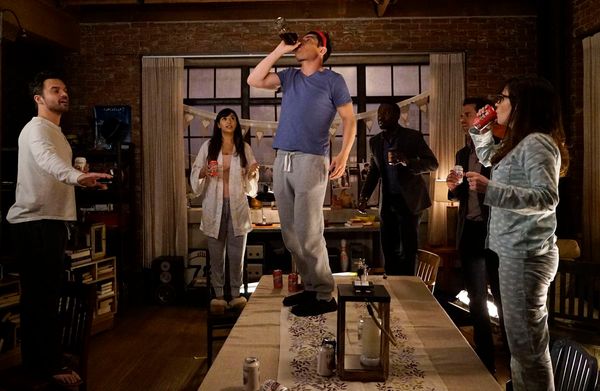Some people reminisce on their first kiss as a gateway into the awkwardness of adolescence and their journey to adulthood. While my first kiss was about as anti-climatic as they come, my first sip of alcohol was far from it. Ever since the warm burn of stolen vodka hung behind my tonsils, I have loved drinking. Wine, liquor, beer, cider- I am an enthusiast of all fermented and/or distilled beverages. So, when I had the chance to tour the Guinness Storehouse, I was elated with the opportunity of my two favorite things combined; drinking and learning.
If my ninth grade history teacher told me that the ancient Mesopotamians discovered beer, I may have paid more attention in his class. I'd also like to give a shout out to my good Egyptian friend, for his ancestors discovered that leaving crushed grapes in a warm environment would create what we consider wine. However, this is not just about any beer or wine, this is about the legendary beer we know as Guinness.
Next time you're shotgunning a beer- or using it to chase your liquor with- there's two things you should know. First, mixing spirits, beer, and/or wine actually doesn't get you more drunk- it is still all about alcohol quantity. Second, the art of crafting beer is no stroll in a park.
Step one is fermentation. Once the yeast transforms into wort, organisms from the yeast feed off the sugars in the wort. Although it is rather disturbing to think of tiny little organisms producing alcohol and carbon dioxide as they go about their feeding, without such organisms we would not have beer- which would be a tragedy in itself. Just one more reason to thank the circle of life. After the fermentation is complete, liquid cools and the yeast floats to the top to separate itself from the magical drink we call beer.
Guinness beer was established in 1759 with water that comes from mountains right above the city of Dublin. Like many husbands, Mr. Guinness can thank his wife for his success, as she believed in him and invested her money in his business. She also gave birth to 21 children (11 of which died) which is irrelevant to the creation of beer but an achievement nonetheless.
How does Guinness differ from other beers? Aside from being served in 150 countries, Guinness is the first beer to contain nitrogen. This is why bartenders must participate in the second pour, to allow this liquid to settle into its deeply rich color with as little foam as possible prior to the second pour before handing you your legendary, rich, refreshing pint of Guinness.
Like all other alcoholic beverages, Guinness should be enjoyed responsibly and sensibly. There is no way to sober up except for time, and it takes your liver one hour to process 10 grams of alcohol- which is a half pint of Guinness. Do not drink and drive. Choose not to drive, and walk to the Guinness Storehouse in Dublin for further information and a complimentary pint with a beautiful view overlooking the city. Aside from being responsible, remember that for best taste, Guinness should be served at 41 degrees fairenheit. Cheers.






















